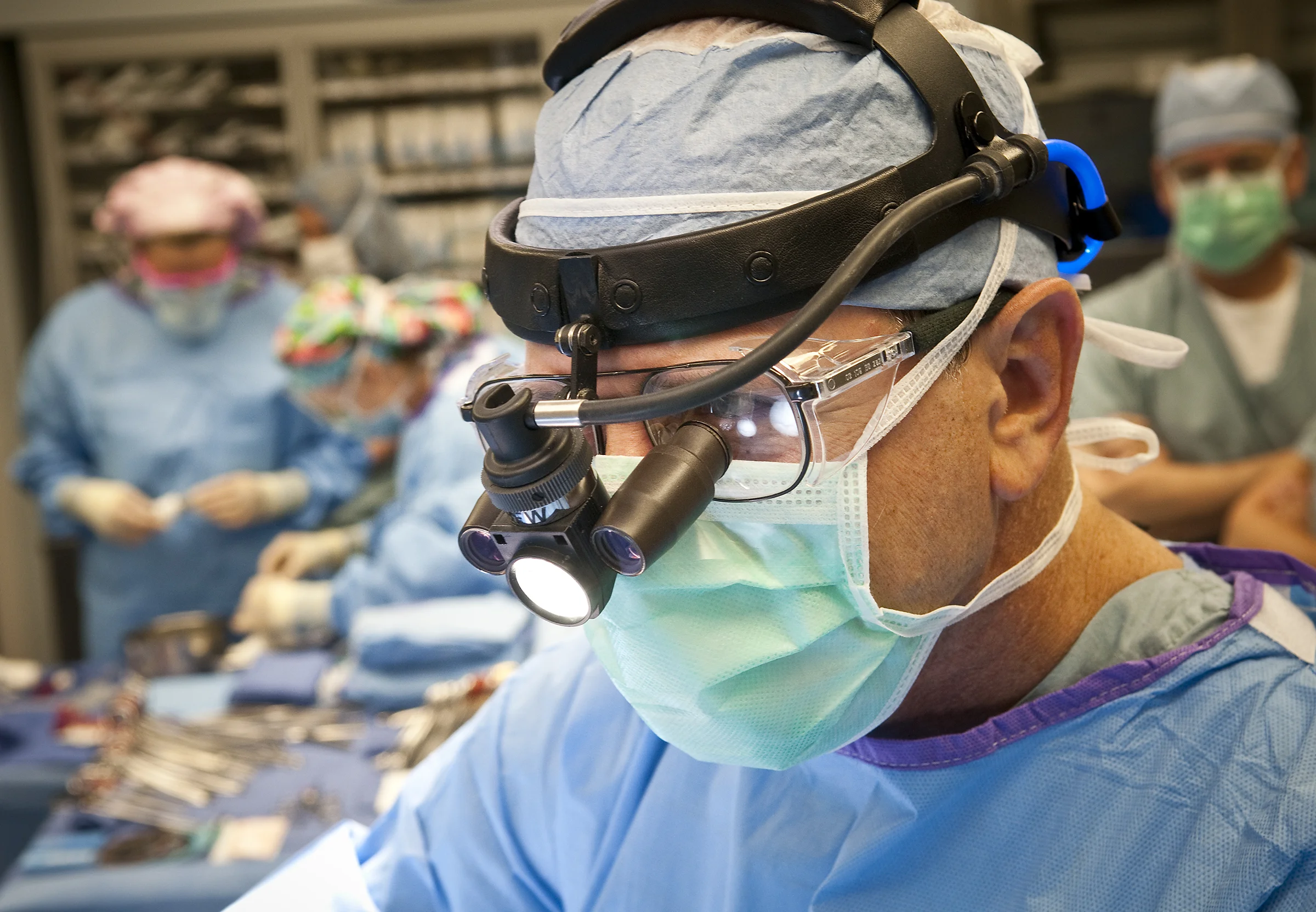Atrial fibrillation is the most common sustained heart rhythm disturbance. During this rhythm the atrial (upper chambers of the heart) are quivering instead of contracting (beating). Roughly 6 million people are affected by this problem. Patients with this rhythm have twice the risk of death and 7 times the risk of stroke compared to people in normal sinus rhythm. Since the atria are responsible for about 10% of the heart's output many people notice a significant drop in their energy levels when this occurs. One key risk of this rhythm is that since the atrial are not beating, the blood flow thru these chambers can be sluggish allowing clots to form. These can then be ejected into the circulation causing occlusion of vessels to the brain (with subsequent stroke) or other organs. Atrial fibrillation can be intermittent or continuous.
Initial treatment is aimed at controlling the heart rate (since it can commonly reach 150 or higher) and thinning the blood to avoid clot formation. In situations where patients are either intolerant of medical therapy, the medicines are not effective or they continue to be symptomatic, invasive treatment to reverse this rhythm may be indicated.
Dr James Cox developed an operation known as the Cox Maze procedure. This ingenious operation was carefully designed to form a series of scars in the heart to re-route the electrical signals into a more controlled and regular pattern. Although quite complex in its original design a modified method has been successful in treating many patients with intermittent atrial fibrillation. Additionally the full Cox Maze III procedure can now be performed thru minimally invasive approaches for many patients.
